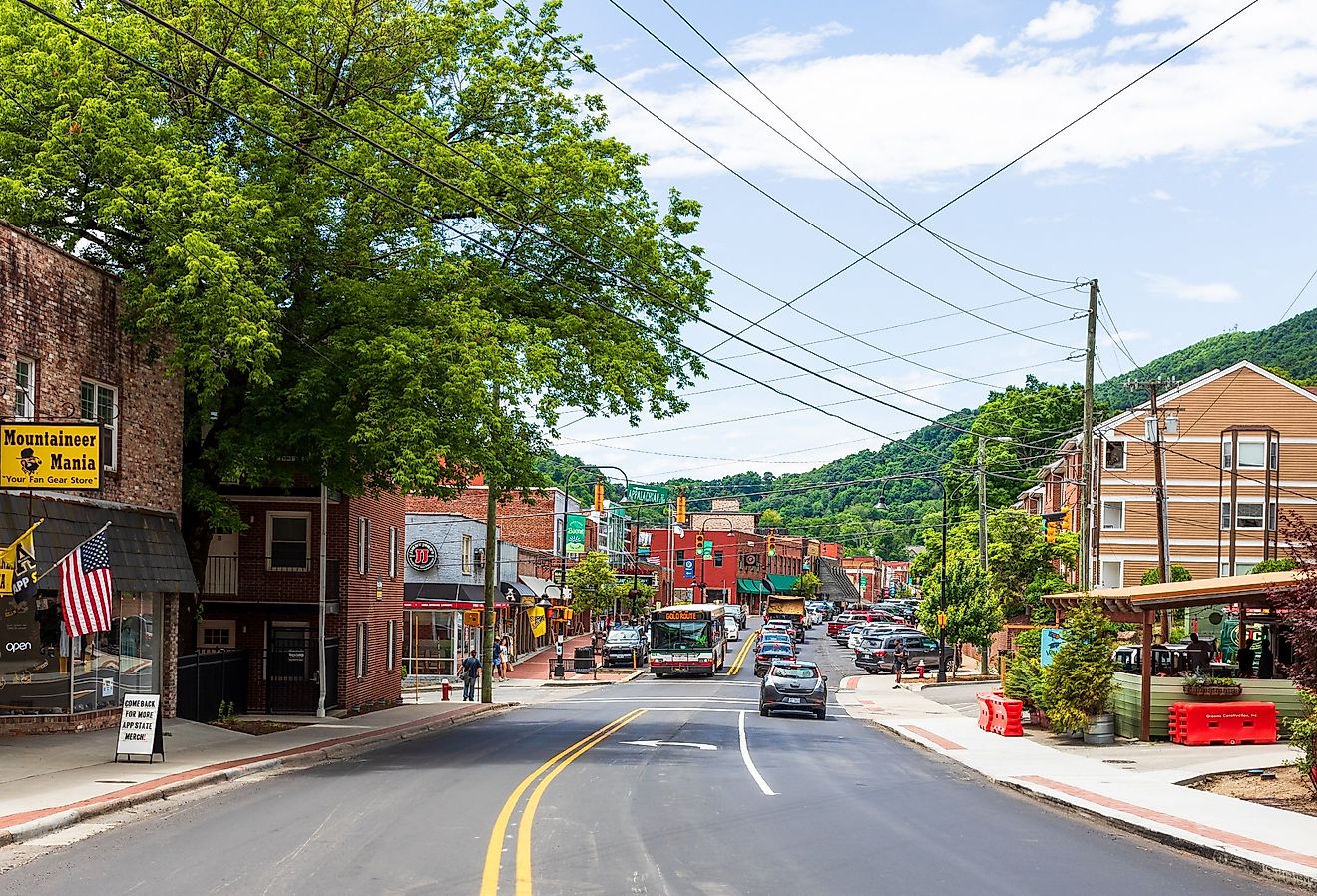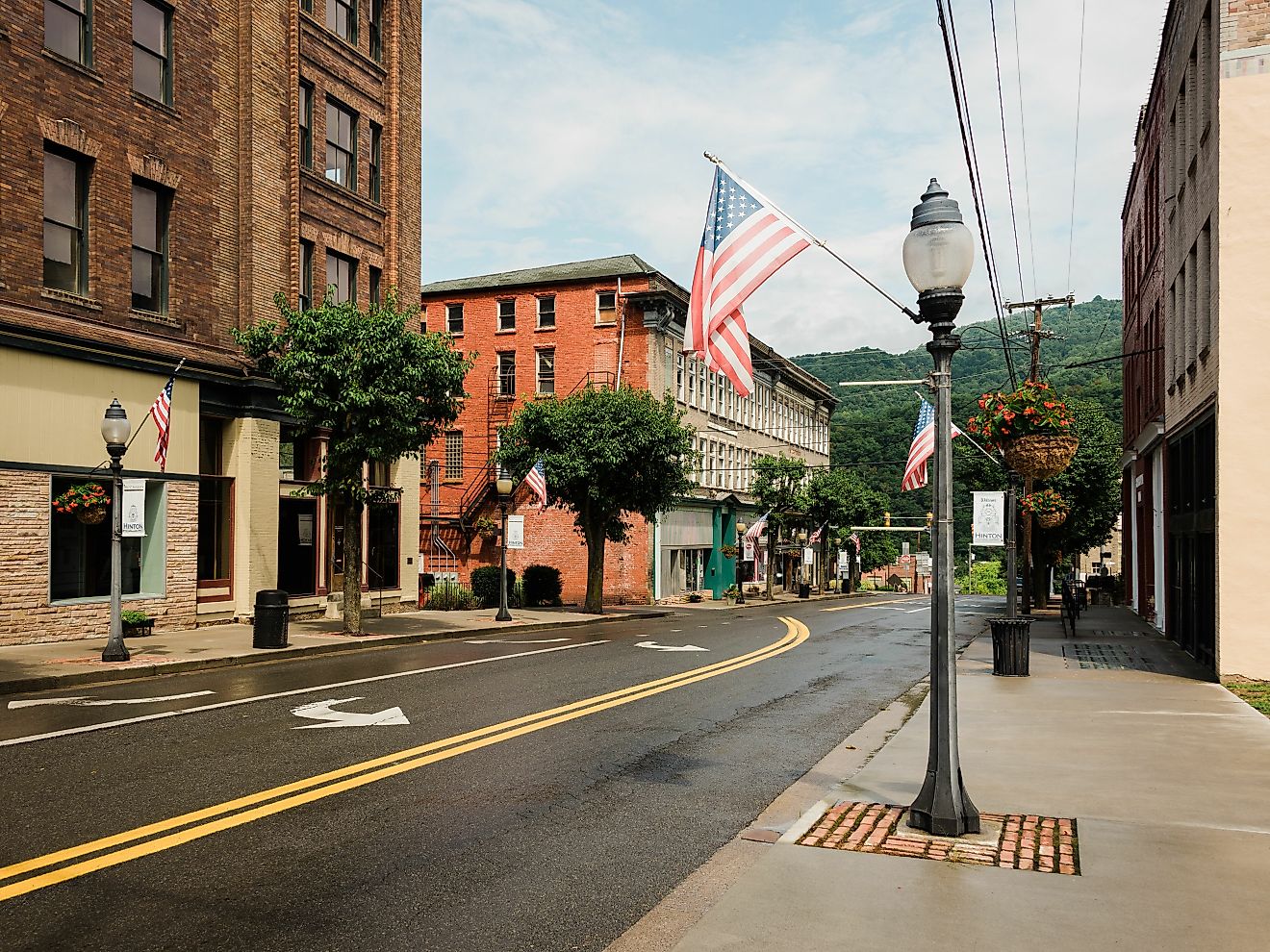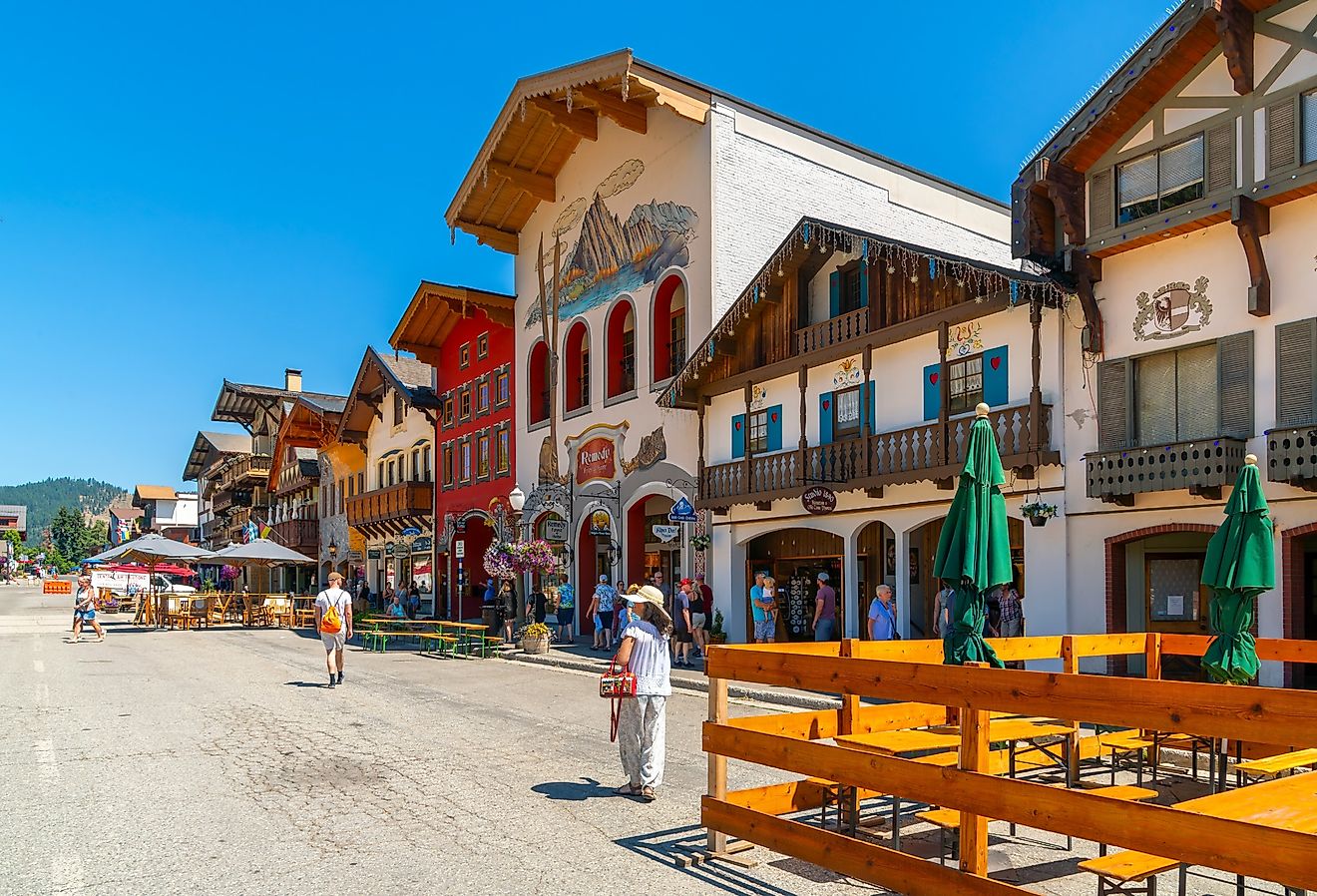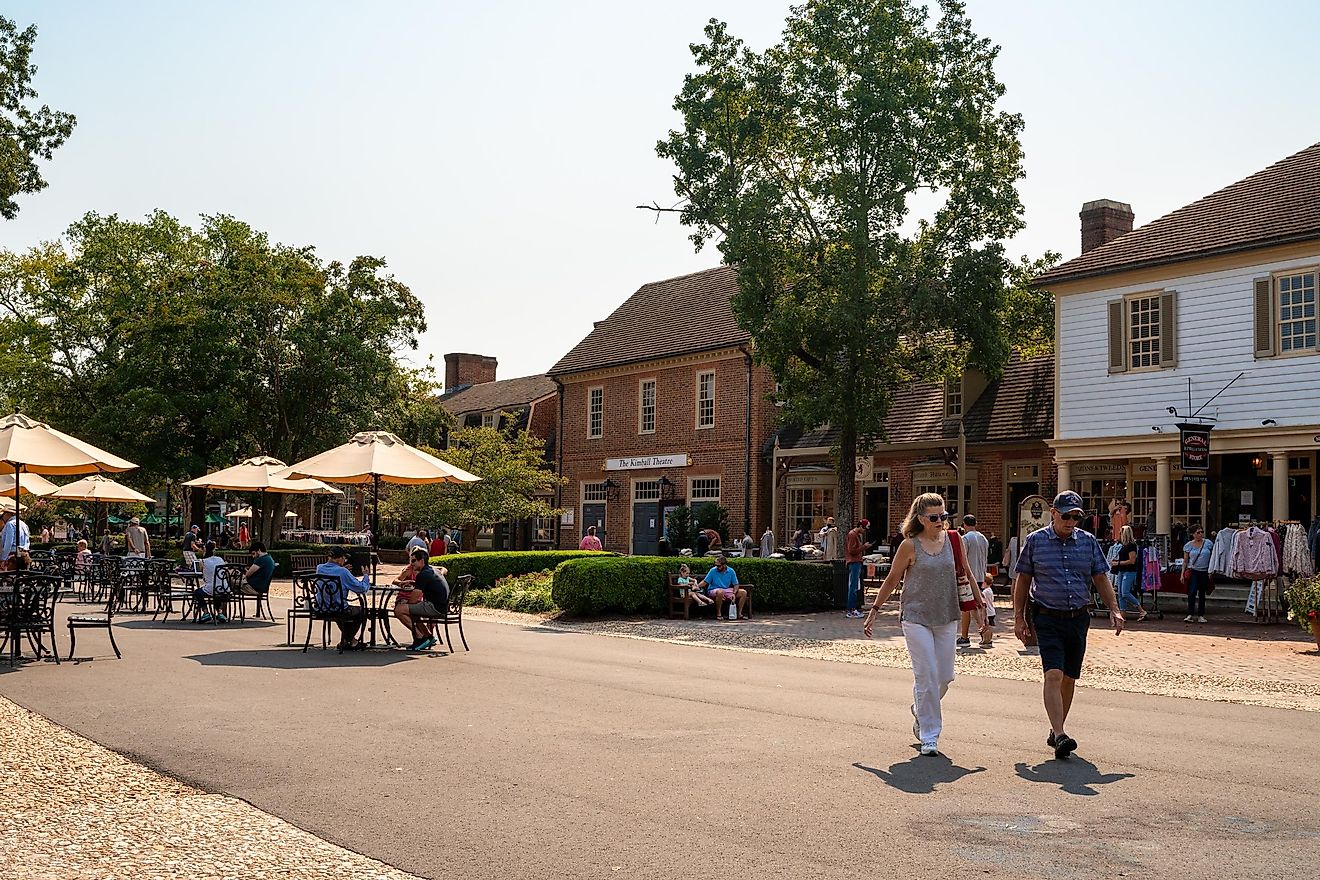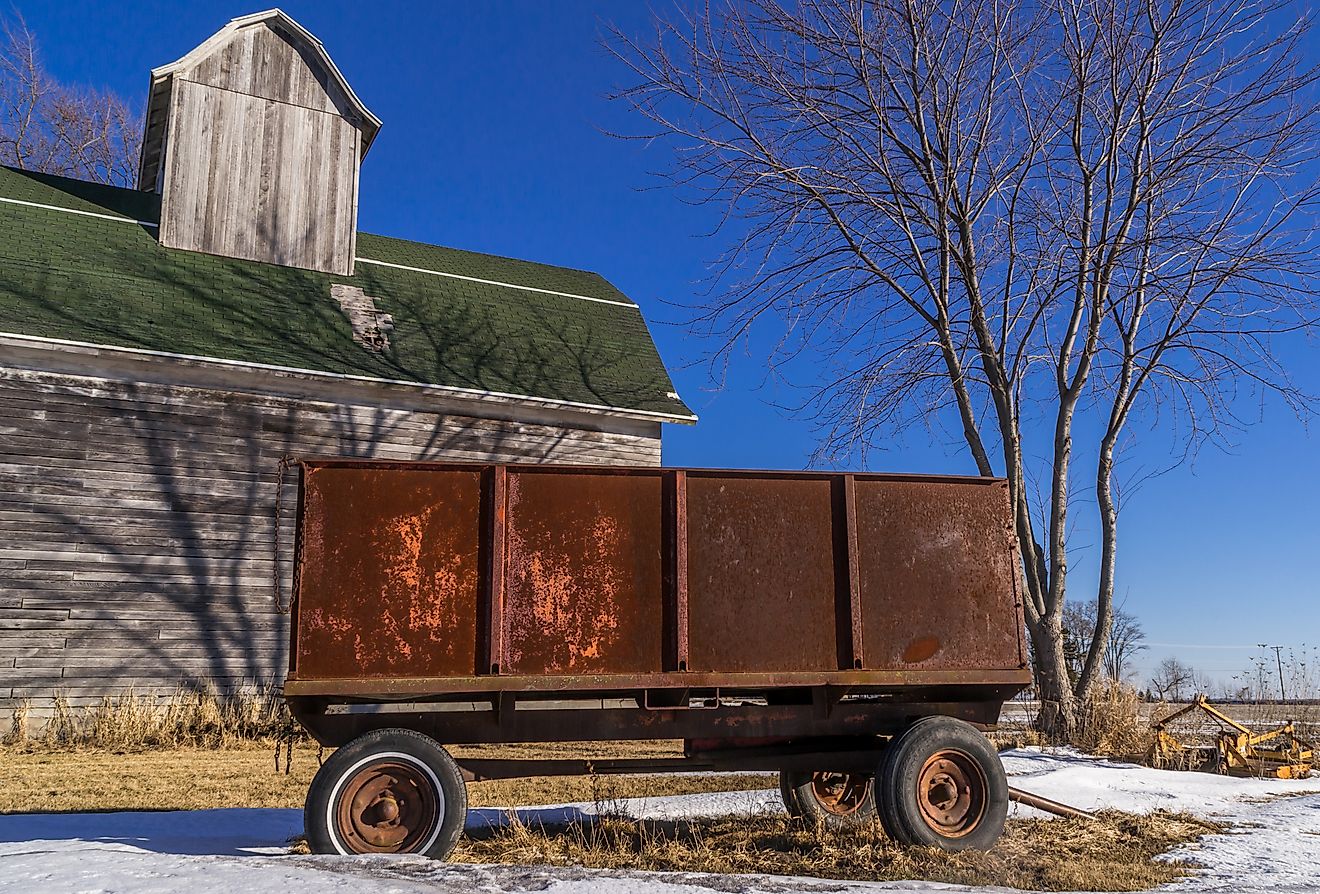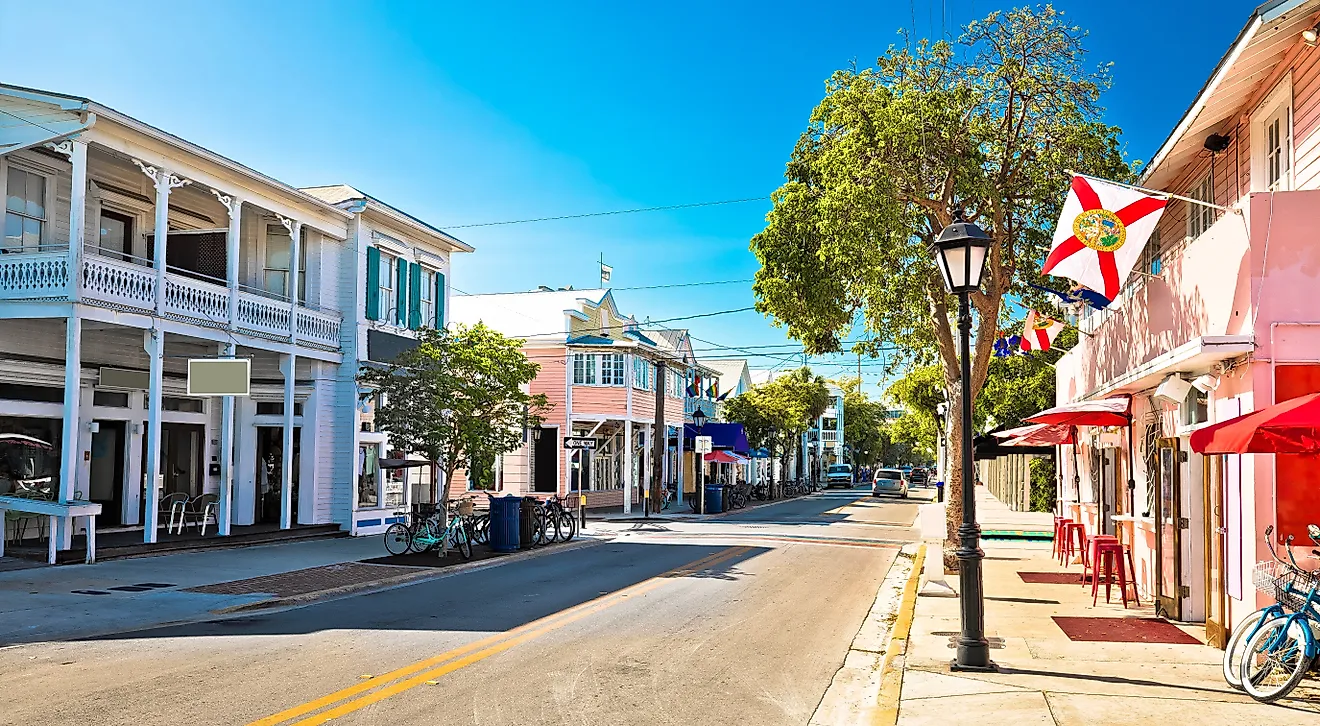Lake District National Park, UK

- The Lake District National Park is the largest national park in England.
- The park includes England’s tallest mountain and largest lake.
- The adverse effects of climate change threaten the flora, fauna, and ecosystems of the park.
- The Lake District National Park celebrates its 70th anniversary in 2021, as it was founded in 1951.
Lake District National Park (LDNP) is the largest national park in England. Its total land area is 2,362 km2. The park, which marks its 70th anniversary in 2021, is located in northern England, close to the border with Scotland. As its name implies, the LDNP is located in a part of England that contains many lakes. The park also includes mountains, valleys, and a sandy coastline. Several small towns are located in the park. In addition, it contains buildings and ruins from different parts of England’s history, dating all the way back to the Stone Age. The LDNP has been designated a UNESCO World Heritage Site.
Geography

The LDNP is defined mainly by its water. The park contains over 19 different water bodies, though only one lake, known as Bassenthwaite, is a lake by name. The others are called meres, tarns, or waters.
A mere is a lake that is shallow in relation to its size. One notable mere in the LDNP is Windermere, which is the largest lake not just in the LDNP but in all of England. A tarn is a small, glacial lake. In the LDNP, tarns are usually found in the fells. Fells are high-altitude landscape features, such as mountain ranges or moor-covered hills. The rest of the lakes in the LDNP are generally called waters.

The LDNP also includes several mountains. The tallest mountain in the park is known as Scafell Pike, which reaches a height of 978 m (3,210 feet). It is also the tallest mountain in England. There are also at least 200 fell tops in the LDNP. Bordering the mountains and fells of the park are 13 different valleys. In many cases, the valleys share the same names as the lakes within them. Thus, Bassenthwaite Lake is located in the Bassenthwaite Valley and Windermere is located in the Windermere Valley. Duddon Valley, however, has no lake of its own, though it does have a river of the same name.
Wildlife

The LDNP is home to a myriad of wildlife, including various tree, plant, and animal species. In the highest altitudes of the park are arctic alpines, such as purple saxifrage, alpine cinquefoil, mountain avens, alpine lady’s mantle, and alpine catchfly. The LDNP is also home to many rare eyebrights. Other plant life in the park includes underwater plants, such as six-stamened waterwort, water lobelia, white water lily, and pondweed. Flower species in the LDNP include wood crane’s-bill, globeflower, water avens, wild angelica, roseroot, primroses, and wild daffodils. Tree types that are native to the park’s woodlands, which encompass 12% of the LDNP, include juniper, downy willow, oak, and ash. The LDNP also includes some wetlands.

The park provides a home and refuge for several animal species. Among the mammal species of the park are red and roe deer, otters, Herdwick sheep, and small mammals, such as badgers, foxes, rabbits, hares, mice, voles, shrews, and red squirrels. Bird species include peregrine falcons, barn owls, red kites, kestrels, buzzards, ring ouzels, woodpeckers, cuckoos, pied flycatchers, redstarts, skylarks, and Britain’s only nesting pairs of golden eagles and ospreys. Other species that can be found in the LDNP are Arctic Char fish, natterjack toads, and vendace fish.
Brief History

Well before the LDNP was established, the area in which it is situated was home to the noted Romantic poet William Wordsworth, who resided there in the 19th century. He was reportedly inspired by the nature and landscape in the Lake District, and believed that its untamed wilderness should belong to average people rather than wealthy land owners. He described the area as “a sort of national property, in which every man has a right and an interest who has an eye to perceive and a heart to enjoy.”
In the early part of the 20th century, concern among the British public for the country’s natural environs grew as urban areas expanded rapidly into the countryside, swallowing up pasture and woodland. By the 1930s, organized conservation groups were putting pressure on the government to take action in order to protect the country’s natural landscapes and ecosystems. A Standing Committee on National Parks was created in 1936. In 1945, a report known as the Dower Report was published on the concept of national parks. Another report on the administration of national parks was published a year later. This is when the frontiers of today’s LDNP were agreed upon. Five years later, on August 13, 1951, Lake District National Park was founded.

The area upon which the LDNP now stands has a history that stretches far into the past. Archeological evidence suggests that humans may have inhabited the area as far back as 12,000 years ago. The region was briefly controlled by the Roman Empire in the 1st century CE. In fact, there are still some Roman ruins in the LDNP. These include two Roman forts, a 2,000-year-old Roman road, a Roman bathhouse, and two Roman-era villages.
There are also other historical sites in the LDNP. These include several historic houses, castles, gardens, a monastery from Anglo-Saxon times, and a Viking-era church. Stone circles and settlements dating back to the Stone Age and Bronze Age can also be found in the LDNP, as can relics of the park’s industrial heritage. Much of the area’s heritage is showcased in the park’s museums and galleries.
Threats

The major threats that the LDNP now faces are the effects of climate change. Climate change poses a danger to the presence of certain species in the park. These species include the ringlet butterfly and the Arctic char fish, which have lived in Windermere since the Ice Age. Due to climate change, there has also been an increase in the prevalence of invasive species. These include invasive plants, such as the pygmy weed, Himalayan balsam, and Japanese knotweed. These invasive plants push out native plants, and in turn force wildlife that depends on the native plants to leave. The growing prevalence of midges, which have the potential to spread a cattle disease known as bluetongue, is also an emerging issue. Other impacts of climate change include more extreme weather and adverse changes to woodlands and lakes. Besides climate change, the LDNP faces the negative impacts brought on by tourism, which can include footpath erosion, more pollution, and litter.

